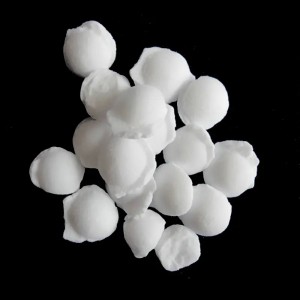Maleic anhydride is a versatile chemical compound that plays a crucial role in various industries, including the production of resins, coatings, and agricultural chemicals. In recent years, there have been significant advancements in the understanding and application of maleic anhydride, leading to new opportunities and challenges in its production and usage.
Applications of Maleic Anhydride
Maleic anhydride is widely used in the production of unsaturated polyester resins, which are essential in the manufacturing of fiberglass-reinforced plastics. These resins find applications in the construction, automotive, and marine industries, where they offer high strength, corrosion resistance, and durability. Additionally, maleic anhydride is utilized in the synthesis of alkyd resins, which are commonly used in the formulation of paints, coatings, and adhesives.
Furthermore, maleic anhydride is a key building block in the production of agricultural chemicals, such as herbicides and pesticides. Its ability to form derivatives with a wide range of compounds makes it a valuable component in the development of agrochemical products that contribute to crop protection and yield enhancement.
Production of Maleic Anhydride
The traditional method of producing maleic anhydride involves the oxidation of benzene or butane, a process that requires high temperatures and specialized catalysts. However, advancements in catalytic technology have led to the development of more efficient and sustainable production processes, such as the use of n-butane as a feedstock and the integration of renewable raw materials.
Moreover, the increasing focus on environmental sustainability has prompted research into alternative routes for the production of maleic anhydride, including bio-based approaches that utilize renewable resources such as biomass and bio-based feedstocks. These developments aim to reduce the environmental impact of maleic anhydride production and contribute to the shift towards a more sustainable chemical industry.
Market Trends and Outlook
The global market for maleic anhydride continues to witness steady growth, driven by the increasing demand for its derivatives in various end-use industries. The rising construction activities, automotive production, and agricultural practices are fueling the need for maleic anhydride-based products, creating opportunities for manufacturers and suppliers in the market.
Furthermore, the growing emphasis on product innovation and performance enhancement is driving research and development efforts in the maleic anhydride sector. New formulations, applications, and technologies are being explored to meet the evolving needs of end-users and to address emerging challenges, such as environmental regulations and sustainability requirements.
In conclusion, the latest knowledge on maleic anhydride reflects the dynamic nature of its applications, production methods, and market trends. As the industry continues to evolve, it is essential for stakeholders to stay informed about the advancements in maleic anhydride and its potential impact on their respective fields. By embracing innovation and sustainability, the maleic anhydride sector can contribute to the advancement of materials science and the development of more sustainable solutions for the future.
Post time: Mar-22-2024









